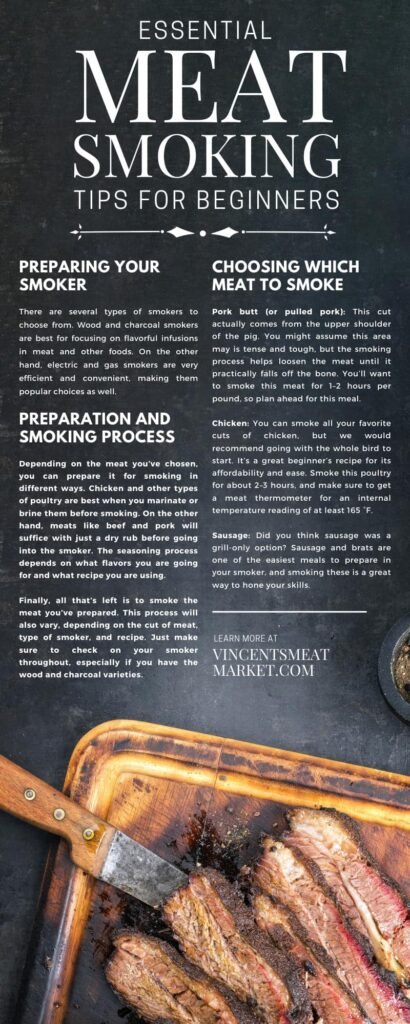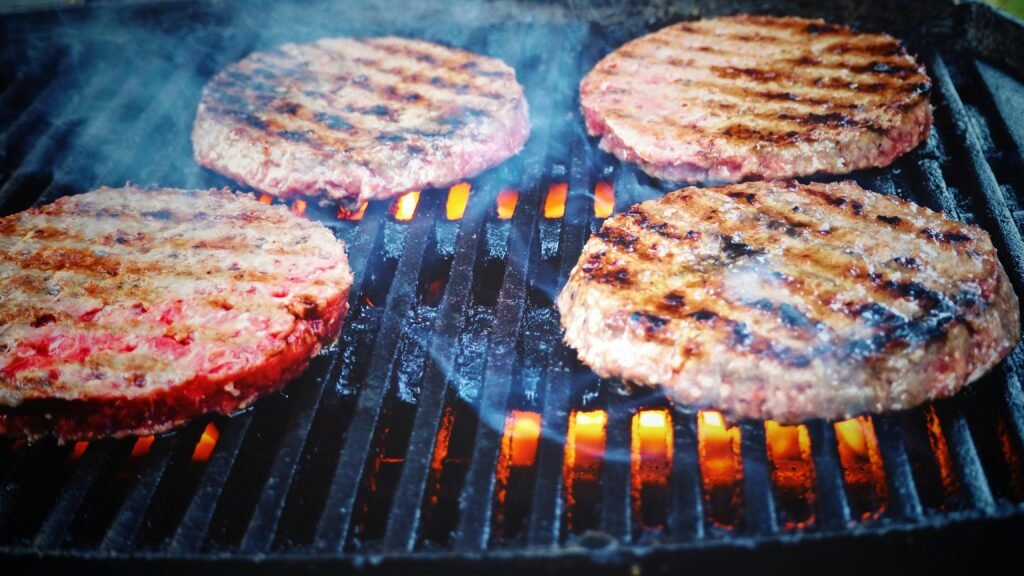Have you ever stood in front of rows of wood chips and chunks at the store, wondering which one would make your BBQ sing? We’ve all been there, staring blankly, as if the perfect choice will suddenly reveal itself. The reality is, choosing the best wood for smoking isn’t rocket science, but it can be a bit overwhelming with so many options on the market. Let’s break it down together, so by the end of this, you’ll feel confident making your choice and ready to fire up the smoker.
Why Does the Type of Wood Matter?
It’s like choosing the right wine to complement a meal; the type of wood you smoke with can change the taste of your food entirely. The essence of smoking is infusing food with flavor, and different woods impart different notes. Some woods are mild, some are strong, and some fall somewhere in between. Let’s put on our chef hats and dig into why this choice makes such a difference.
Wood Flavor Profiles
Think about wood as the seasoning of the BBQ world. Each kind has its distinct flavor profile, which can enhance or overpower your dish. Here’s a handy table to illustrate the common types of wood and their flavor profiles:
| Wood Type | Flavor Profile | Best With |
|---|---|---|
| Hickory | Strong, bacon-like | Pork, ribs, and red meat |
| Mesquite | Intense, earthy | Beef, wild game |
| Apple | Mild, fruity | Poultry, pork, fish |
| Cherry | Sweet, tangy | Poultry, pork, beef, and game birds |
| Pecan | Rich, nutty | Poultry, pork, and beef |
| Oak | Subtle, versatile | Beef, lamb, pork, and fish |
| Maple | Mild, slightly sweet | Poultry, pork, and cheese |
Each type brings something unique to the table, much like how a well-chosen spice can transform a dish. Let’s break down why these differences matter.
Balancing Strength and Subtlety
Strong woods like hickory and mesquite are best for hardy meats that can stand up to powerful flavors. Imagine pairing a delicate white fish with mesquite; it’s like wearing a tuxedo to a beach party—totally out of place. On the other hand, mild woods like apple and maple are more forgiving and can complement the subtle flavors of poultry or fish without overshadowing them. It’s all about finding a harmonious balance.
Hardwoods vs. Softwoods
Before we get too lost in the world of flavors, there’s a basic rule to remember: always choose hardwoods for smoking. Softwoods are a no-go. Ever get a whiff of a burning Christmas tree? That’s the kind of harsh, sooty smoke you get from softwoods, and it’s not something you want near your food.
Why Hardwood?
Hardwoods, such as oak, pecan, and alder, burn slowly and at a consistent temperature, giving you better control over your smoking process. They produce a clean, flavorful smoke that enhances your dishes rather than making them taste like an old campfire.
The Trouble with Softwood
Softwoods like pine or fir contain a lot of resin, which can create a bitter taste and give your food an unpleasant, almost chemical-like flavor. Plus, they burn quickly and can lead to rapid temperature spikes, making it harder to maintain that low-and-slow cooking essential for BBQ.
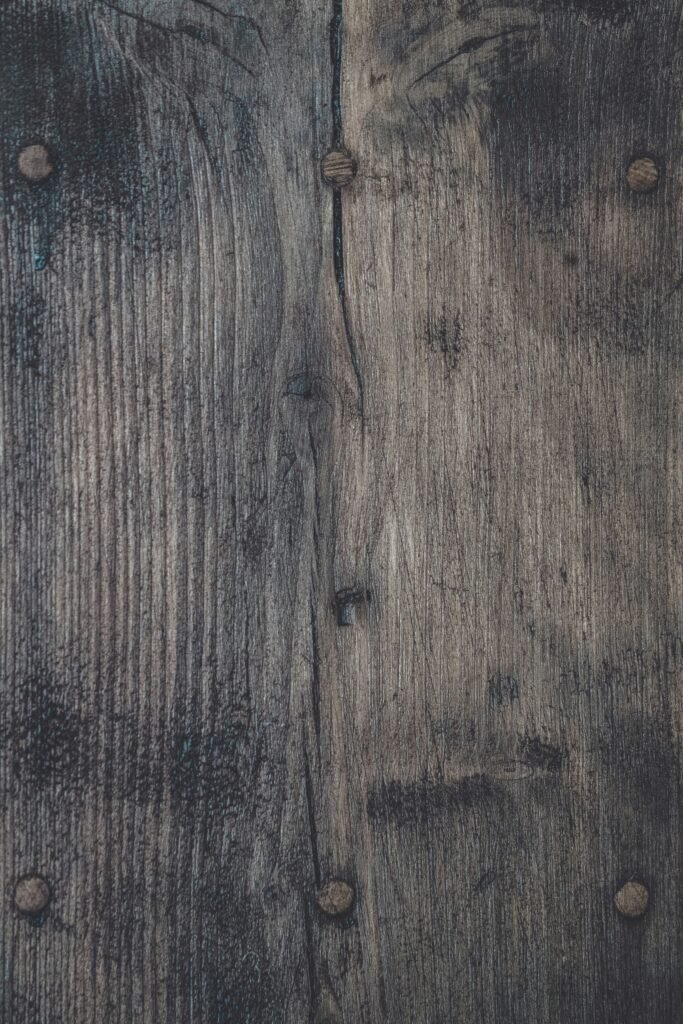
This image is property of images.unsplash.com.
Chunk, Chip, or Pellet?
Believe it or not, size matters. Wood for smoking comes in different forms, and each serves a unique purpose. Here’s what you need to know:
| Form | Suitable For | Characteristics |
|---|---|---|
| Chips | Gas and electric smokers, grills | Smaller, burn fast, good for short cooks |
| Chunks | Charcoal grills, smokers | Larger, burn longer, ideal for long smokes |
| Pellets | Pellet grills, smokers | Compressed sawdust, consistent burn, versatile |
Wood Chips
Wood chips are small pieces of wood that ignite quickly and burn fast. They’re great for adding a quick burst of flavor, making them perfect for shorter cooks. They work well on gas and electric smokers or even on a regular grill with a smoker box.
Wood Chunks
Larger chunks of wood burn for a longer time, providing a steady smoke over long periods. These are ideal for charcoal grills and traditional smokers. If you’re planning to smoke a brisket or pork shoulder, this is your go-to.
Wood Pellets
These are made from compressed sawdust and are uniform in size, providing a consistent burn. Pellets are used in pellet smokers, which feed the pellets into the fire automatically, ensuring a stable temperature and smoke level.
Mixing and Matching Woods
Much like jazz improvisation, half the fun is experimenting. Mixing and matching different woods can create complex and unique flavor profiles. Let’s say you love the strong notes of hickory but also want a hint of sweetness—pairing it with a fruit wood like apple or cherry can create a beautifully balanced smoke.
Experimenting with Combinations
Here are a few combination ideas to get you started:
- Hickory and Apple: A great mix for pork ribs, giving a balance of strong and sweet.
- Mesquite and Oak: Ideal for beef, providing a robust and earthy flavor.
- Cherry and Pecan: Wonderful for poultry, offering a rich nutty undertone with a sweet finish.
Keeping Track of Your Experiments
It’s a good idea to keep a smoking journal. Note down what wood combinations you used, the type of meat, cooking time, and your thoughts on the final product. This will help you fine-tune your smoking techniques and discover your personal favorite blends.
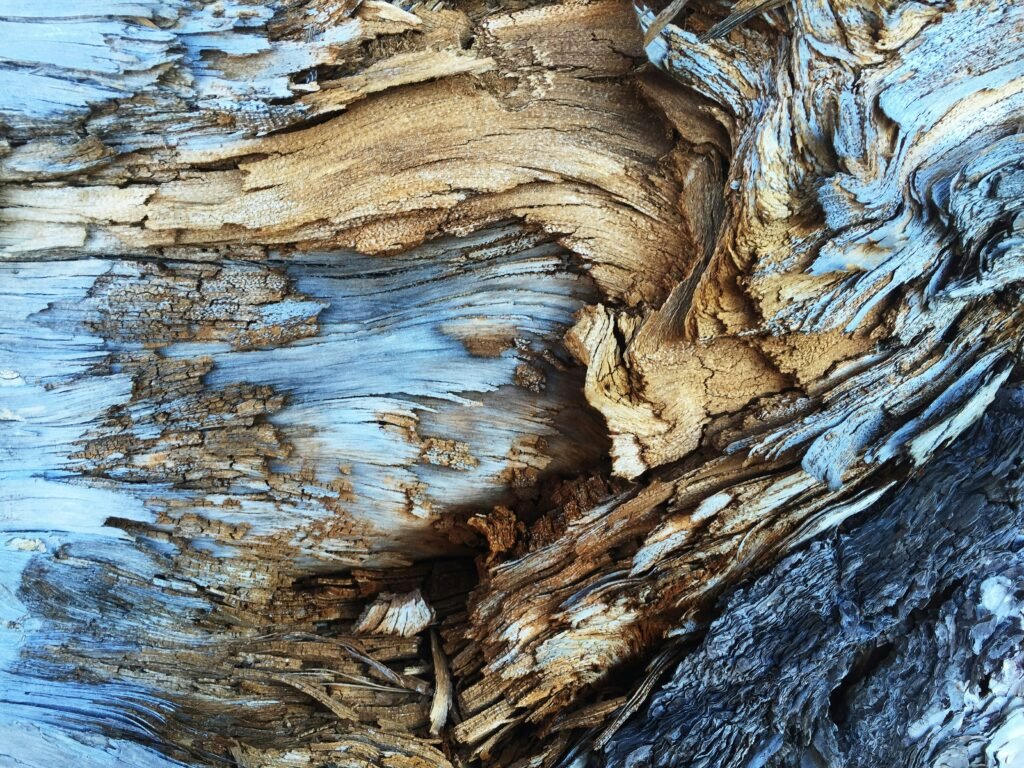
This image is property of images.unsplash.com.
How to Properly Store Your Smoking Wood
We’ve talked a lot about choosing the right wood, but storage is just as crucial to ensure you get the best results. If your wood is too damp or too dry, it can significantly affect your smoking process.
Tips for Storing Wood
- Dry and Airy: Store your wood in a cool, dry place with good airflow. This prevents mold and mildew, which can ruin your wood and your food.
- Off the Ground: Keep your wood elevated to avoid moisture absorption from the ground. A wooden pallet works great.
- Covered, Not Sealed: Cover your wood to protect it from rain, but don’t seal it in plastic. Wood needs to breathe, and a tarp with good ventilation is usually sufficient.
Signs of Bad Wood
Using bad wood can ruin an otherwise perfect BBQ. Here’s what to look out for:
- Mold: Any sign of mold means the wood is too wet and should not be used.
- Insect Infestation: Bugs and critters can create holes and weaken the wood structure.
- Off Smell: If it smells off or chemical-like, it’s not going to provide a good smoke.
Environmental Considerations
It’s not just about the flavor; we also need to consider sustainability. Responsible sourcing of smoking wood can make a big difference for our environment.
Choosing Sustainable Wood
- Certified Wood: Look for wood that is FSC (Forest Stewardship Council) certified. This means it has been harvested responsibly.
- Local Sources: Buying locally reduces the carbon footprint associated with transportation and supports local businesses.
- Avoid Rare Species: Some exotic woods might seem tempting, but their use can contribute to deforestation.
Making the Most of Your Wood
Use every bit of your wood effectively. Even smaller chips and shavings can be soaked and used for smoking, ensuring nothing goes to waste.
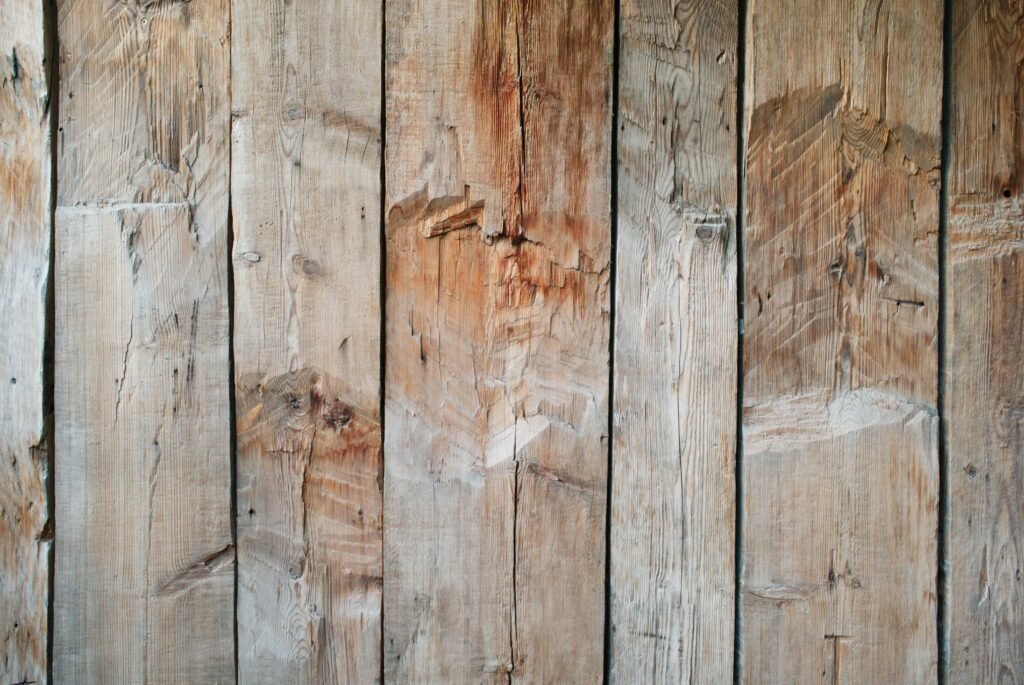
This image is property of images.unsplash.com.
Wrapping it Up
Choosing the best wood for smoking can initially seem daunting, but once we grasp the basics—flavor profiles, wood types, and storage techniques—it’s a straightforward path to BBQ mastery. We’ve armed ourselves with knowledge about hardwoods and the importance of storing our wood correctly. Remember, it’s as much about experimenting and finding what we enjoy as it is about following guidelines.
So, next time we find ourselves in that wood aisle, let’s approach it with confidence and a bit of adventurous spirit. We know our hickory from our mesquite and can even mix a little apple with a hint of cherry for that signature flavor. Happy smoking!




